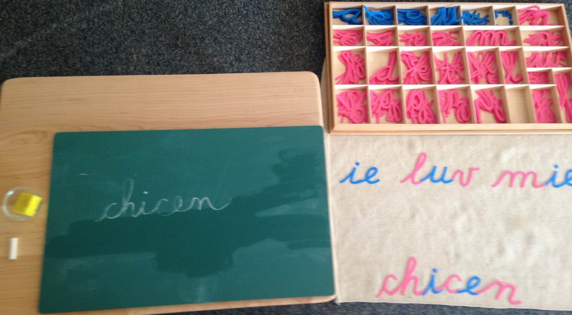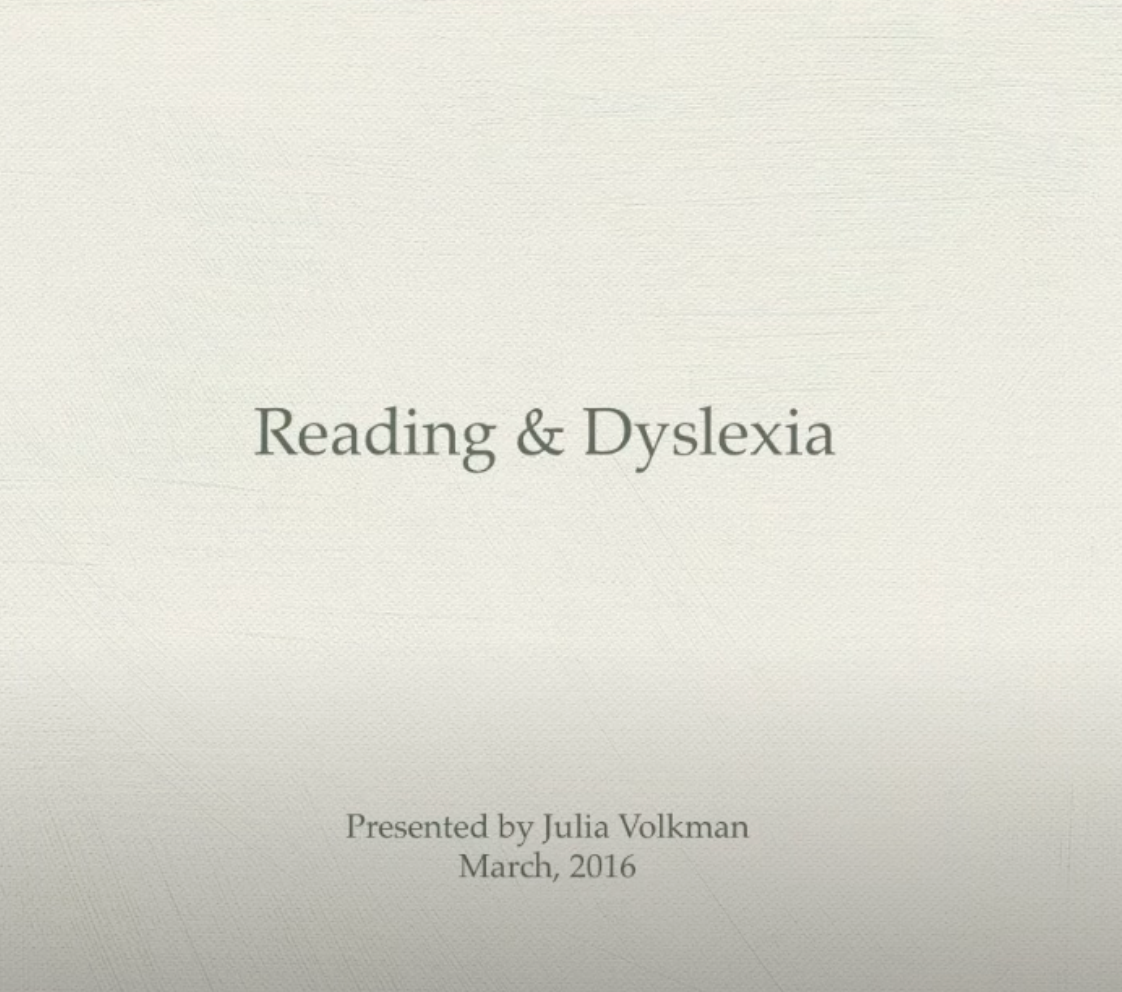Intervening with Tough Behavior
Sometimes humans behave aggressively. Words can quickly escalate and then emotional or physical explosions can follow. When this happens with children, we teachers and parents are obligated to step-in and try to diffuse the situation. But how can we skillfully step in without making things worse?
I just saw this short clip from Thabiti Brown, a principal at a public school in Dorchester, MA, who practices intervention strategies with his staff. (Thank you to the Harvard Graduate School of Education for creating it!)
After watching this, I realized that we were following a similar approach at some of the Montessori schools I work with. In primary (ages 3 to 6), we are working under the assumption that the aggressive behavior is not intentional. What I mean is that we don’t expect that the child stayed up the night before and planned to do something mean. We usually observe that it happens as a result of immature executive functions—which is normal for this age. So, a child does something another child doesn’t like and because the first child is not yet consistently able to inhibit unskillful responses (cognitive inhibition), he lashes out. Or, perhaps the child cannot yet change their mindset (cognitive flexibility) in order to see a different plan/approach as just another possible result. So, when things don’t go as expected, they have a tantrum.
I bring up this underlying assumption that the children are not malevolent for a reason. Sometimes we adults read into situations based on our own histories. We have experience with people who demonstrate aggressive behaviors so we are already five steps ahead of where a situation actually is. We get triggered and go into survival mode. This is an aspect of neurobiology that is very useful for staying safe in a world full of threats. But, when we are trying to model a gentle, compassionate, and strong way of responding to aggression, jumping to conclusions is generally not effective. Assuming innocence is often the best place to start…later, the facts can come out so meaningful behavior change approaches can begin.
In light of our brain’s tendency to focus on the negative (Google “negativity bias” for more info), it can be hard to enter into a conflict with an open-mind. For this reason, it can be very effective to try to indirectly diffuse the conflict before taking it head-on. This way, we don’t make the situation worse. For example, just showing up next to or in between two students (as if you’re doing something else) can often be enough to create a pause and remind them of their other behavioral options.
Here are a few possibilities for indirect intervention with young children:
- Show up nearby as if you are doing something else (e.g., straighten a shelf that you can only access by standing between the two children in conflict).
- Create a distraction (e.g., drop something right next to them, or, say “Oh!” as if something startled you then say “I’m sorry, it was nothing, nevermind.”).
- Discretely get their attention (e.g., clear your throat) and look them in the eye with concern or bewilderment.
I have been amazed again and again at how effective these gentle, indirect approaches can be for the young child. We don't even admit that anything untoward happened in the moment. We just redirect the attention and move on. Then, later (see below), we come back and teach the preferred behaviors that may have prevented the conflict. By so doing, we avoid the common trap of making some children "bad" kids. If we call out their name or emphasize the problem, we draw the attention of the entire room to the negative event. But if we discretely redirect the attention, we do not inadvertently contribute to a culture of negativity in the room.
When you must address the conflict head-on, do so directly and briefly—no lectures, no big conversations or explanations. Speak directly to the issue just as Mr. Brown said in the video. You might say, “No, we do not hit each other at school.” It’s important to add this last prepositional phrase because it may be that the children witness people being hit regularly in other environments. We don’t want to create further confusion if the child is seeing different behaviors in different settings. Remember that children will naturally adapt to (and hold as sacred) the behaviors they see around them…the good, the bad, and the ugly. And, they see their ‘people’ as normal no matter if they act like Barak Obama, Queen Elizabeth, or a bully.
 After you directly address a problematic behavior, guide each child to do something apart from the other child. This should not be something brain-intensive like complex math problems but something that will keep the hands occupied while the limbic system quiets. You are buying time and creating distance until their sympathetic nervous systems have settled down. If you try to explain and work through the problem while they are in the midst of a stress response, you may not have lasting benefit. Give the stress response time to pass and then address the issue privately when everyone is calm.
After you directly address a problematic behavior, guide each child to do something apart from the other child. This should not be something brain-intensive like complex math problems but something that will keep the hands occupied while the limbic system quiets. You are buying time and creating distance until their sympathetic nervous systems have settled down. If you try to explain and work through the problem while they are in the midst of a stress response, you may not have lasting benefit. Give the stress response time to pass and then address the issue privately when everyone is calm.
After you intervene directly or indirectly, you must follow-up by offering grace & courtesy lessons on how to skillfully manage the situation that led to the conflict. This last point is the key. All the adult intervention skill in the world won’t address a child’s underlying lack of knowledge, understanding, or opportunity to practice skillful behavior. For example, you might create a lesson describing a skillful way to respond when somebody cuts you in line. Then, role play it and practice it with the children.
If you're working with older children, they may be internally motivated to find justice within the conflict. Once things have settled down, guide the children to work it out with each other. The tricky part here is not to judge the outcome. Sometimes their decisions about what is "fair" seem medieval. But it is the process of thinking about justice and morality, not the end result, that is the goal during the elementary years.
There are many nuances to successful intervention during aggressive moments and there is no one “right” way to do it. I recommend that as a staff, you brainstorm and come up with a list of real situations. Talk about what a skillful response might be in those situations and then role play them. After you practice with other adults, you can roll it out to role play with the children BEFORE the negative behaviors are seen in school. Giving ourselves a chance to practice when we are calm, can give us an accessible tool to use when the moment gets difficult.
I hope these ideas are helpful to get you started. Please post a comment if you have other strategies that are working. We can all benefit from your knowledge!








Leave a comment
This site is protected by hCaptcha and the hCaptcha Privacy Policy and Terms of Service apply.